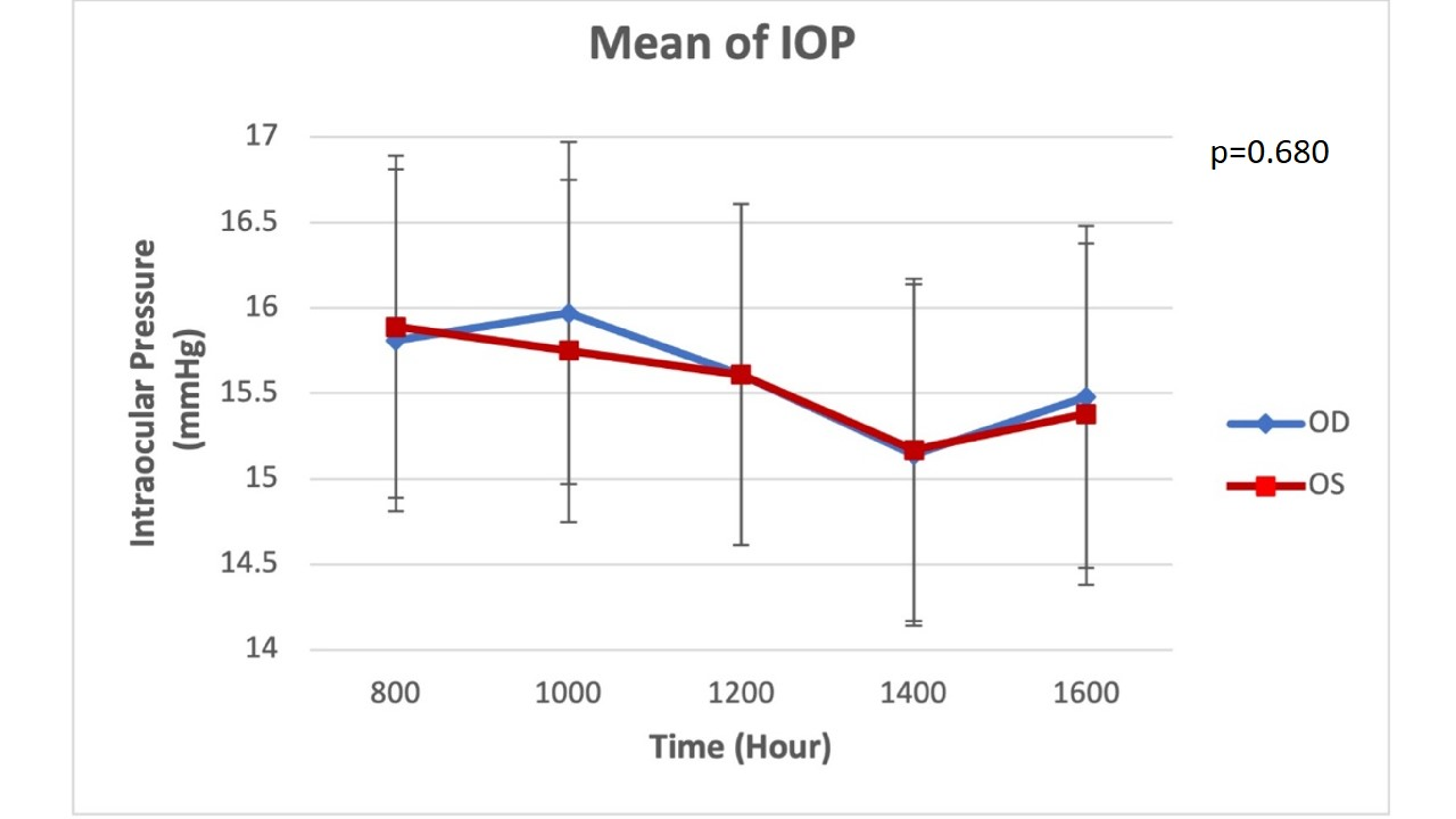

Roy Cole, O.D., F.A.A.O.4 Computer Science An Interdisciplinary Approach Robert Sedgewick Kevin Wayne Princeton University Boston Columbus Indianapolis New York San Francisco Amsterdam Cape Town Dubai London Madrid Milan Munich Paris Montreal Toronto Delhi Mexico City Sāo Paulo Sydney Hong Kong Seoul Singapore Taipei Tokyoĥ Many of the designations used by manufacturers and sellers to distinguish their products are claimed as trademarks. More information about glasses and visual acuity:Ĭomputer Vision Syndrome and Computer Glasses That is your “acuity.” Someone with this prescription could measure better than 20/20 acuity, while someone else with the same prescription could measure 20/200. Meaning your left eye (OS) is slightly farsighted, needing a focus power of +1.25, and no astigmatism is present.įinally, remember that the prescription has nothing to do with how well you see. the angle of the axis is tilted slightly to the right (at 85 degrees on the protractor) has 2.50 units (diopters) of astigmatismģ. slightly farsighted, needing a focus power of +1.25Ģ. So a spectacle prescription for one of your eyes can look like this:ġ. OS stands for “oculus sinister,” or left eye.ĭS stands for “diopter sphere.” If this appears in the 2nd and 3rd columns of your prescription, or if the columns are blank, you have no astigmatism. OD stands for “oculus dexter,” or right eye. The term “plano” (pl) means there is no refractive error. A minus sign indicates the need for a concave lens to correct nearsightedness.
WHICH IS RIGHT AND LEFT OD OS PLUS
Most doctors use a plus sign to indicate the need for a convex lens to correct farsightedness. Such a prescription is called spherocylindrical. The angle number is the third number in a prescription for people with astigmatism. A line from end to end, going though the center of the football, is called the “axis.” It’s angle is based on the direction of the axis and identified in degrees, as on a protractor, with 0 degrees to the right and 180 degrees to the left. The “football” can be vertical, horizontal, or at an angle. That condition in the eye is called “astigmatism.” A lens correcting an eye with astigmatism, therefore, would have two diopter numbers. This is because the curve around the center of the football is different than the curve from one tipÊto the other. If your cornea is shaped more like the oval surface of a football, two focal points exist. The number is the “refractive error,” or the number of degrees you are away from normal vision. It looks like dollars and cents, but the units are called “diopters” (D). The focus power of the prescription would be a single number such as 2.25. No matter how you slice it, vertically, horizontally or at an angle, the curve is always the same.


The cornea is normally spherical, like a basketball. This means a simple spherical lens (like a magnifier or minifier) is used, and there is only one focal point. If you are only nearsighted (myopic) or farsighted (hyperopic), then you have what is called a “spherical” prescription. The doctor’s prescription is due mainly to the shape of your cornea. It is also available as part of an audiovisual presentation, “All About Eyeglasses”.Ī spectacle lens tries to focus a clear image onto the retina. This information will help you decipher those numbers and abbreviations on your spectacle prescription.


 0 kommentar(er)
0 kommentar(er)
